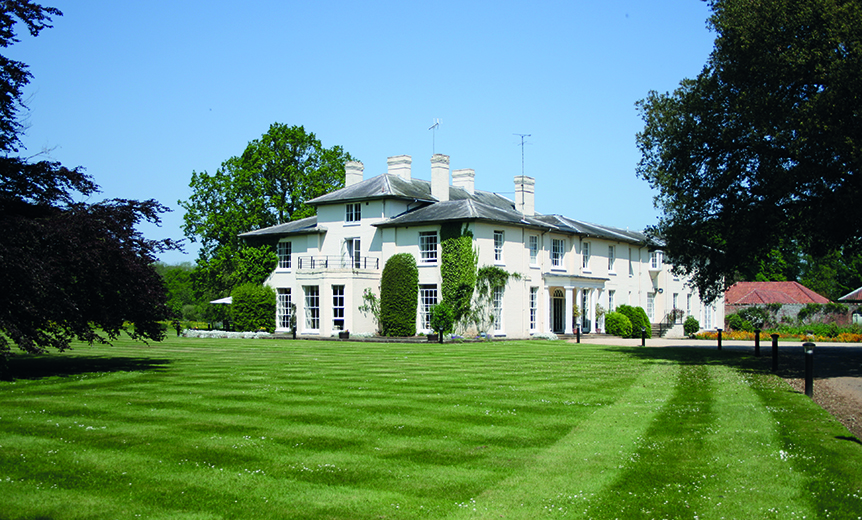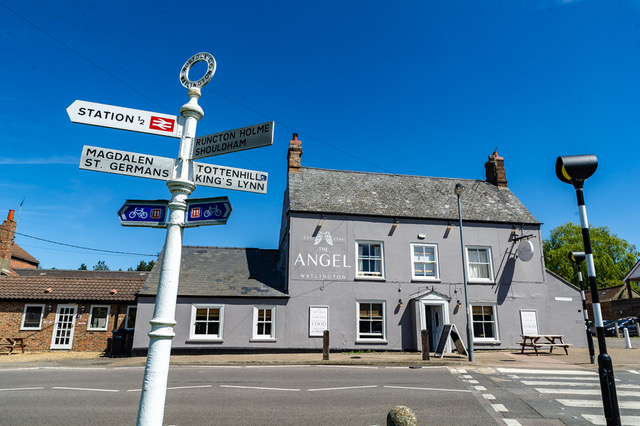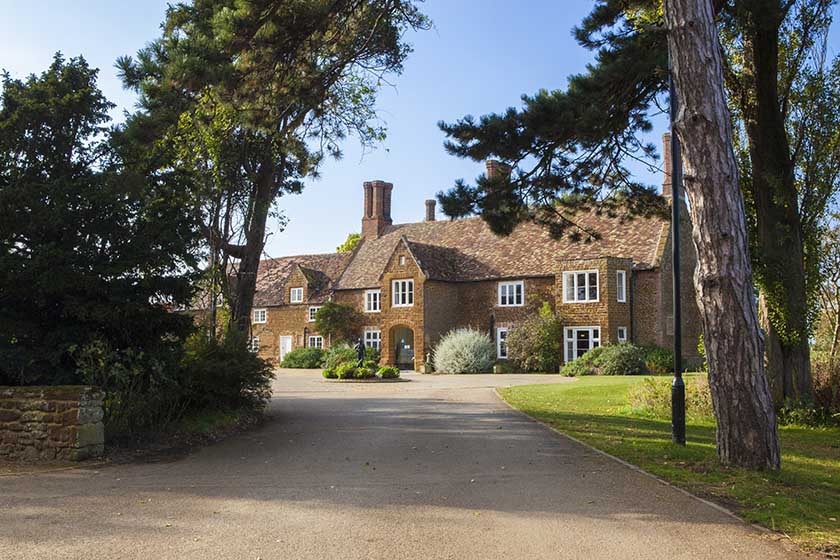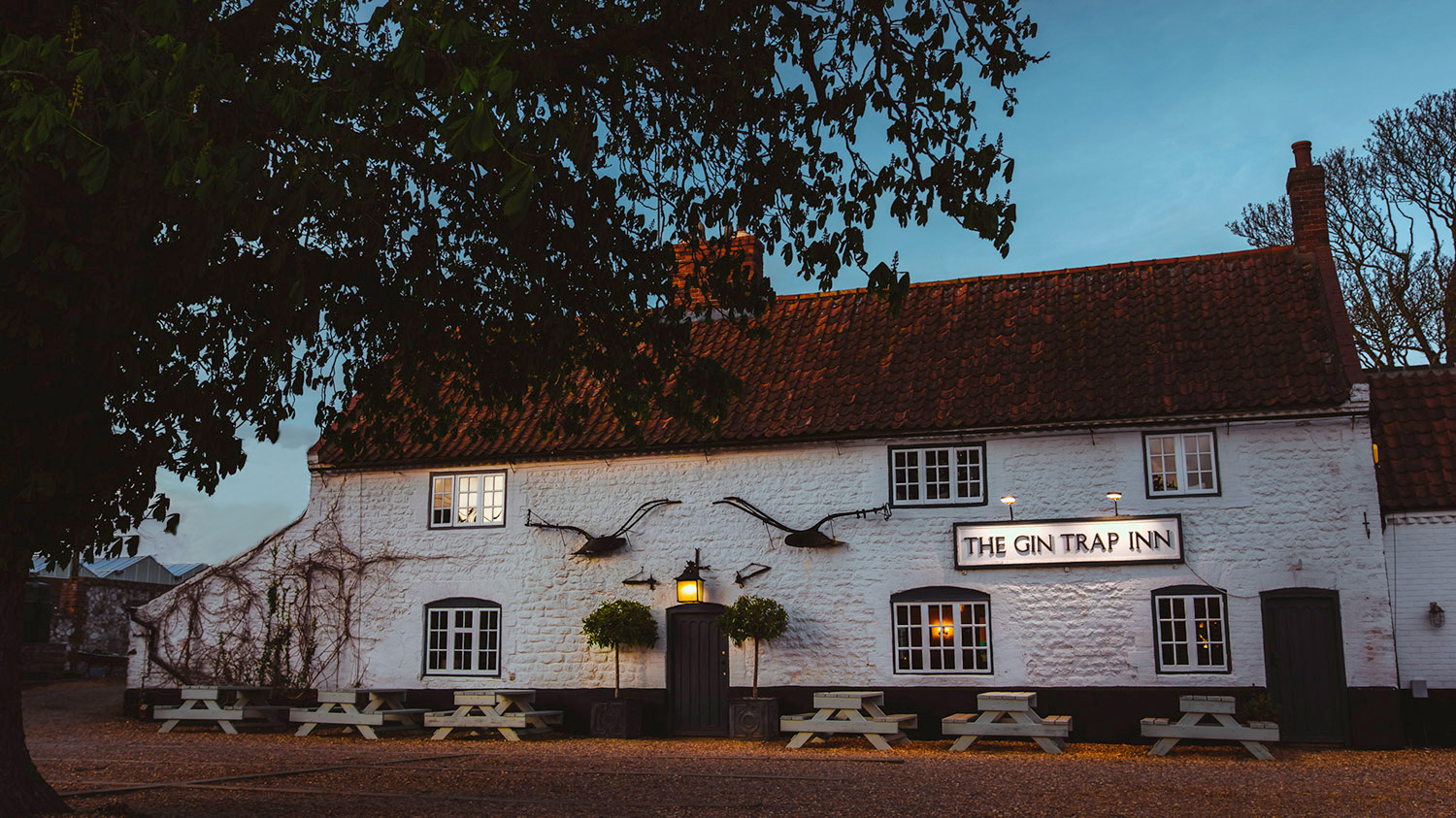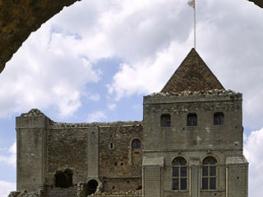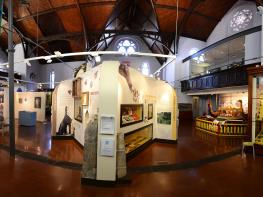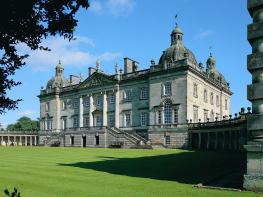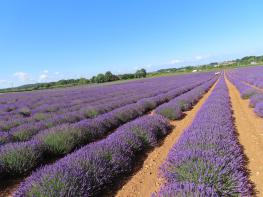The Knights Hill Hotel complex is situated on the outskirts of Kings Lynn close to historic…
Roydon Common

The largest surviving heath in West Norfolk, grazed by Dartmoor ponies and Hebridean sheep
4.75 miles (7.6kms)
About the walk
Roydon Common is a remnant of a vast heath that once ranged to the east of King's Lynn. The sandy soil was of little use for cultivation and instead turned over to grazing. During the war it served as a gunnery range and the tall tower seen on Grimston Warren towards the end of the walk was used to monitor the fall of shells. Today, much of the common is covered in heather, at its visual best when it bursts into flower at the end of August. You might come across grazing ponies, which are from time to time set loose to prevent the heath being overtaken by woodland.
Heathland habitat
The heath provides a home for lizards, slow worms and adders as well as odd-looking creatures such as the minotaur beetle, a large black dung beetle that lives largely underground, but comes to the surface to feed on rabbit droppings. The male sports three large horns protruding from its shoulders, which it uses to ward off rivals. In the wetter areas, at least 15 species of dragonfly have been recorded including the black darter, Britain's smallest dragonfly and known to breed in only two places in Norfolk. The male is largely black, although the female has a yellow body. Amongst the mammals you might spot are brown hares, which, unlike burrowing rabbits, live out in the open, building a nest for their young in a shallow scrape called a form. They range across the fields and when startled, can show a prodigious turn of speed. If you are about at dusk or dawn, you might hear the distinctive 'churr' of a nightjar. They take to the air in the evening to hunt for moths and insects, and roost on the heath during the day, their mottled drab plumage providing superb camouflage.
Although largely dry, there are several pockets of wetter ground across the common where carr has developed. One of the plants to look for in these areas is the carnivorous sundew, which has tiny tentacles secreting a sticky nectar that attracts insects. Once trapped, the leaf closes and enzymes 'digest' the insect. Another striking plant is bog asphodel, which has clusters of bright yellow flowers on tall stems and was used as a dye.
The Midland and Great Northern Railway
Roydon Common was crossed by a branch of the Midland and Great Northern Railway, which ran out of King's Lynn to the north and east coasts by way of Fakenham. The line opened in 1879 and carried passengers for 80 years before being relegated to freight and eventual closure in 1968. The station, just to the north of Roydon village was called Grimston, a village that lay a mile (1.6km) away to the east, perhaps to distinguish it from Norfolk's other Roydon on the outskirts of Diss. The railway, however, caused some problems for the area as sparks from passing steam engines occasionally set fire to the dry heath.
Walk directions
Go back to the main road and turn left. After 150yds (137m), immediately beyond a clump of pine, swing off right. Briefly head away beside the trees before turning right again through a gap. Walk away at the field edge, the track later slipping through to run on the other side of the hedge. Soon reverting to the northern flank, the track eventually leads to a junction by a large yard at Hall Farm. Keep ahead and then turn left out to a lane.
Go right to a bend. Ignore the track back to the farm, but bear off right along a thickly hedged path marked as a restricted byway. Keep going to a junction at its end. Turn left and immediately right through a gate onto the edge of scrub heath. Strike out towards a small gate by the corner of large warehouse sheds. Swing right just before the gate, picking up a path beside the boundary fence that leads through a corner of woodland to a road.
Carefully cross to the track opposite and walk forward a short distance to pass through a gate. Immediately leave along a path on the right. Ignore a stile into a small car park and curve left into the wood. Reaching a waypost (you are travelling in the opposite direction to that indicated by the arrows), bend left, passing more wayposts and shortly reaching a T-junction. Turn left and walk on by a ditch to meet a broader grass track. Keep left again, eventually winding back to rejoin the main track, the line of the former railway.
Go right, later keeping ahead over a stile beside a gate. After 0.75 mile (1.2km), the track eventually ends through a gate beside a former level crossing.
Turn right past Railway Gate House, the track soon leaving the wood behind for the open heath. Carry on for 0.5 mile (800m), passing through an area of carr towards a low sandy hill. As the path begins to rise, watch for a gate on the right.
Turn right past Railway Gate House, the track soon leaving the wood behind for the open heath. Carry on for 0.5 mile (800m), passing through an area of carr towards a low sandy hill. As the path begins to rise, watch for a gate on the right.
Additional information
Footpaths and tracks
Woodland and heath
Dogs not allowed in nature reserve
OS Explorer 250 Norfolk Coast West King’s Lynn & Hunstanton
Small car park beside Lynn Road, 1.25 miles (2km) west of Roydon
None on route
WALKING IN SAFETY
Read our tips to look after yourself and the environment when following this walk.
Find out more
Also in the area
About the area
Discover Norfolk
The North Norfolk Coast is designated an Area of Outstanding Natural Beauty and probably the finest of its kind in Europe. Here you’ll find a string of quaint villages and small towns – Holkham, Wells-next-the-Sea and Cley next the Sea are 21st-century favourites, while Sheringham and Cromer are classic examples of a good old-fashioned seaside resort where grand Victorian hotels look out to sea. Further round the coast you'll find Great Yarmouth, one of the most popular resorts in the UK and packed full of amusements, shops and seashore entertainment. And let's not forget Norwich, the region's only city.
Norfolk prides itself on its wealth of historic houses, the most famous being Sandringham, where Her Majesty the Queen and her family spend Christmas. Many of Norfolk’s towns have a particular charm and a strong sense of community. The quiet market towns of Fakenham and Swaffham are prime examples, as well as Thetford, with its popular museum focusing on the TV comedy series Dad’s Army which was filmed in the area.
Nearby stays
Restaurants and Pubs
Nearby experiences
Recommended things to do
Why choose Rated Trips?
Your trusted guide to rated places across the UK
The best coverage
Discover more than 15,000 professionally rated places to stay, eat and visit from across the UK and Ireland.
Quality assured
Choose a place to stay safe in the knowledge that it has been expertly assessed by trained assessors.
Plan your next trip
Search by location or the type of place you're visiting to find your next ideal holiday experience.
Travel inspiration
Read our articles, city guides and recommended things to do for inspiration. We're here to help you explore the UK.

